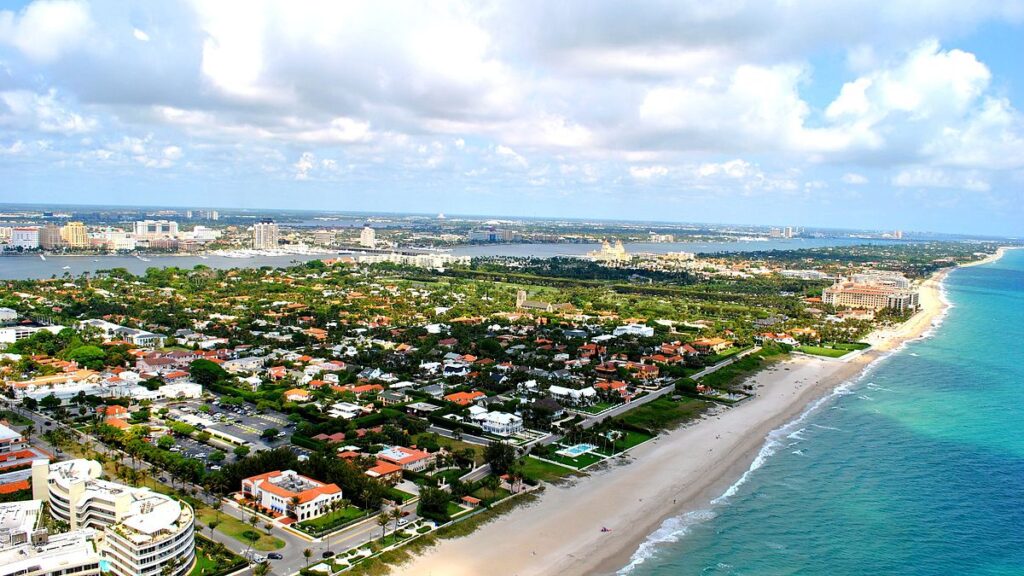
Moving to Palm Beach, Florida: A Comprehensive Relocation Guide
Considering moving to Palm Beach, Florida? This barrier-island town is synonymous with oceanfront estates, Worth Avenue luxury, and world-class culture and dining. Here’s your 2025 guide to moving to Palm Beach FL.
Demographic Profile to Consider If Moving to Palm Beach:
About 9,000 year-round residents enjoy manicured neighborhoods, historic Mediterranean-revival architecture, and pristine beaches. The social calendar spans galas, museums, and philanthropy; day-to-day life remains walkable and elegant. Find trusted local services for moving, living, and working in Palm Beach.Palm Beach Relocation Directory
Cost of Living to Consider If Moving to Palm Beach:
Housing is among Florida’s most expensive. Condo and HOA fees, insurance, and building reserves are key 2025 budget items. Florida’s tax profile benefits high-income households.
Economy and Job Market:
Local employment centers on hospitality, retail, property/estate services, and culture. Many residents work or consult across finance, law, and healthcare in West Palm Beach and Boca Raton.
Education:
Public, magnet, and renowned private schools are available across Palm Beach County; higher-ed options include PBSC and FAU nearby.
Recreation and Lifestyle:
Beaches, bike paths, golf/tennis clubs, and the Lake Trail define daily recreation. The Norton Museum (nearby), Society of the Four Arts, and premier dining/retail enrich cultural life.
Healthcare and Services:
JFK, HCA, and Cleveland Clinic Florida (regional) provide hospital and specialty care; concierge medicine is prevalent.
Transportation:
Causeways link to the mainland. County buses via Palm Tran connect to Tri-Rail/Brightline in West Palm Beach; PBI airport is ~15–20 minutes.
Conclusion:
Moving to Palm Beach FL in 2025 offers an incomparable luxury island lifestyle with premier culture, dining, and mainland access.

